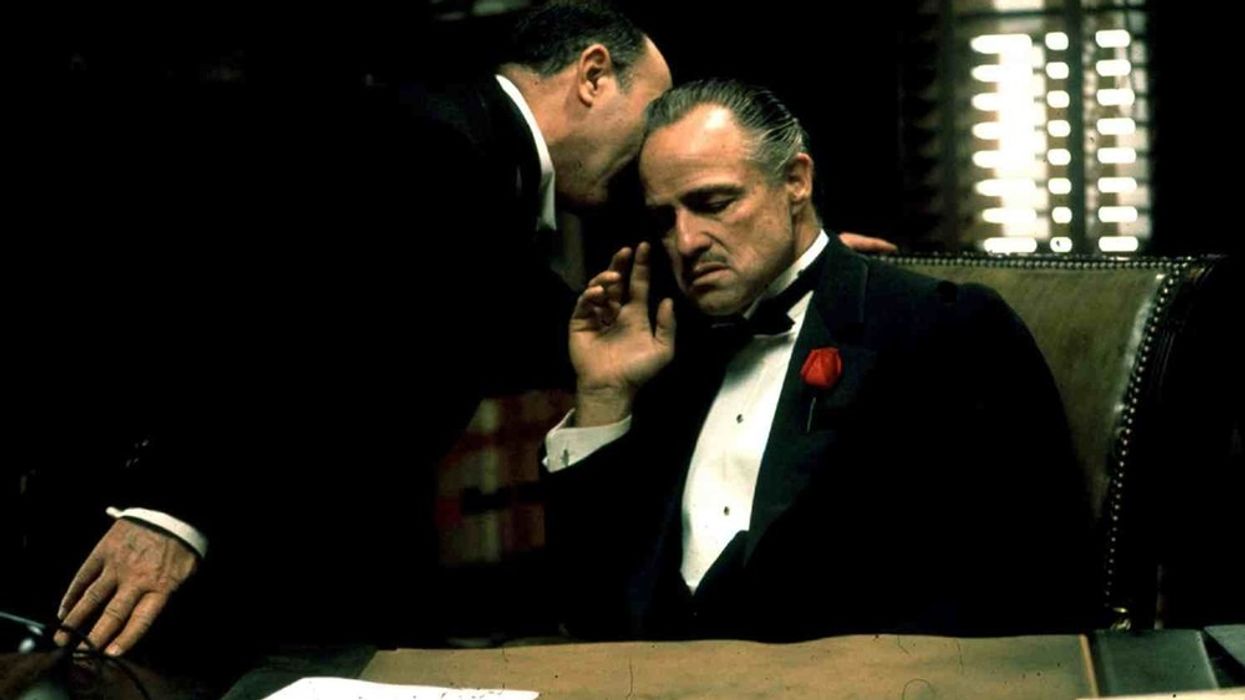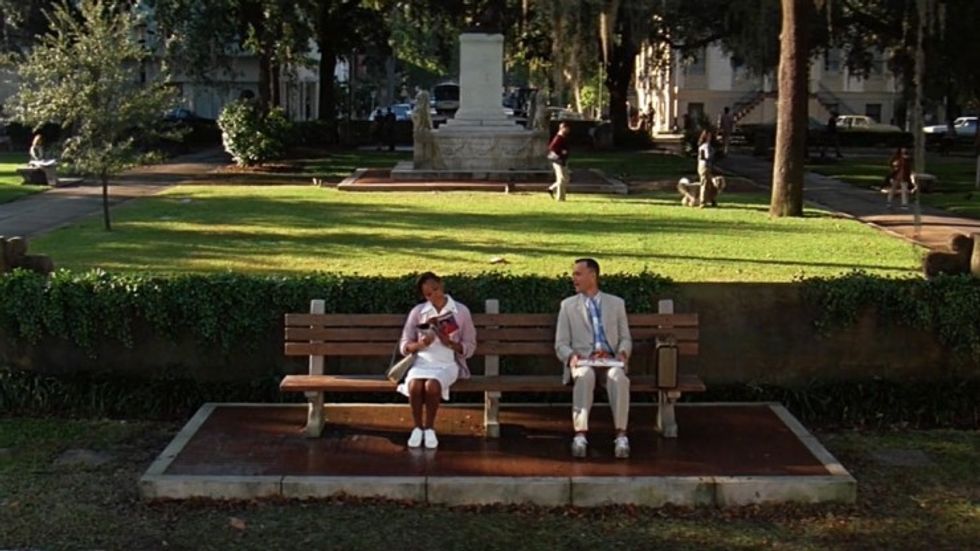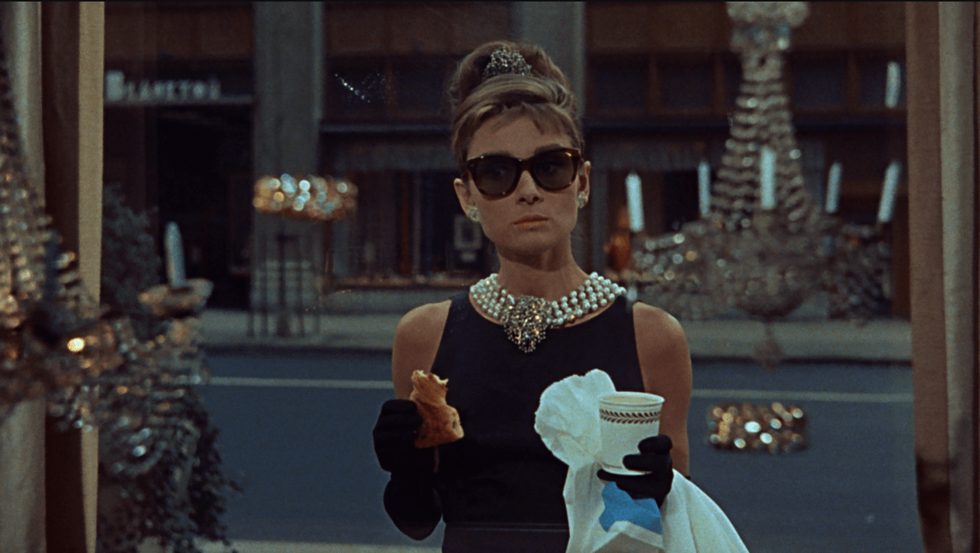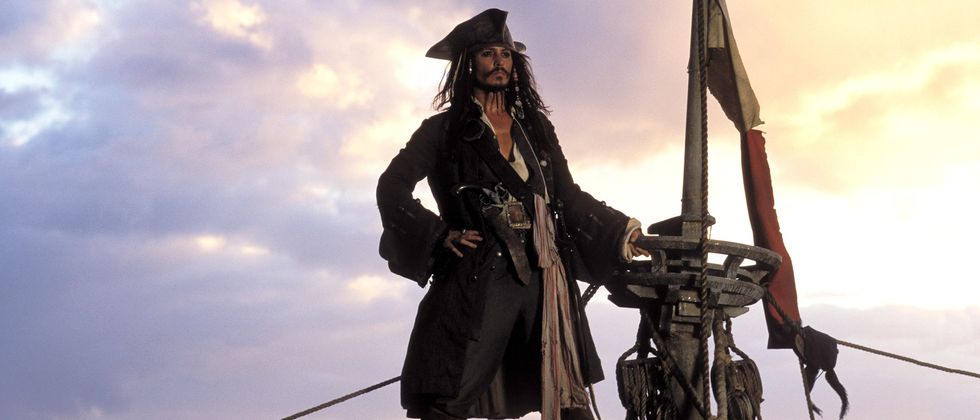What Makes a Good Movie?
Picking out a good movie is an underratted skill.

Is it that it has a great story? Great characters? Is it that the cinematography is beautiful? Is it that each actor is giving a great performance? Is it that the soundtrack is top notch?
Well, the answer is -- yes. Yes to all of this. And I know, that doesn't really help if you're actually trying to find out what elements make a movie great, because clearly -- something will be great if everything about it is great.
However, Simon Cade of DSLRguide is helping to make the whole concept of what a "great" movie is a little easier to understand by defining specific elements that can be found in the majority of history's most revered films.
Cade breaks it down thusly: (He also breaks down all of these elements into more specific concepts, like "conflict", "plot", and "dialog" for the script, which you can study more effectively here.)
- Script
- Character
- Acting
- Timing
- Sound
- Visuals
All of these elements are important in making a great film, but let's highlight the one thing that I personally think can make or break your movie: storytelling. Cinema is all about storytelling, and pretty much everything you put into your film, dialog, props, lighting, a song, or even an edit, communicates something to your audience. One concept that Cade brings up, though, is something I've seen countless young filmmakers and screenwriters fail to incorporate into their films time and time again -- and that's subtext.
Subtext can be used in just about anything in your film, whether it be in the script, the editing, or the cinematography.
Essentially, subtext is all about the subtle messages you're trying to convey to your audience without explicitly coming out and stating them. When you over-explain or have clunky expositional scenes, your story begins to feel -- I don't know -- heavy. Your audience is being told what's going on instead of being allowed to explore the story and figure it out themselves.
Playwright and screenwriter David Mamet has shared a lot of helpful advice about how to add more subtext into your scripts, but I think the simplest way to do it without having to overthink it is by cutting your dialogue down to the bare minimum.
If you've got a block of dialogue, cut it down to a line or two and see if you still convey what you need to. Ask yourself if you can communicate the same message with a look, a tick, or something non-verbal, because that will allow your audience to become more engaged (and more interested) with your film.
Clearly, there could be stuff that Cade left off of his list, but for a 5-minute video, I say that he did a damn good job covering everything that (he thinks) it takes to make a great film. Check out his original blog post for more.
Source: DSLRguide














